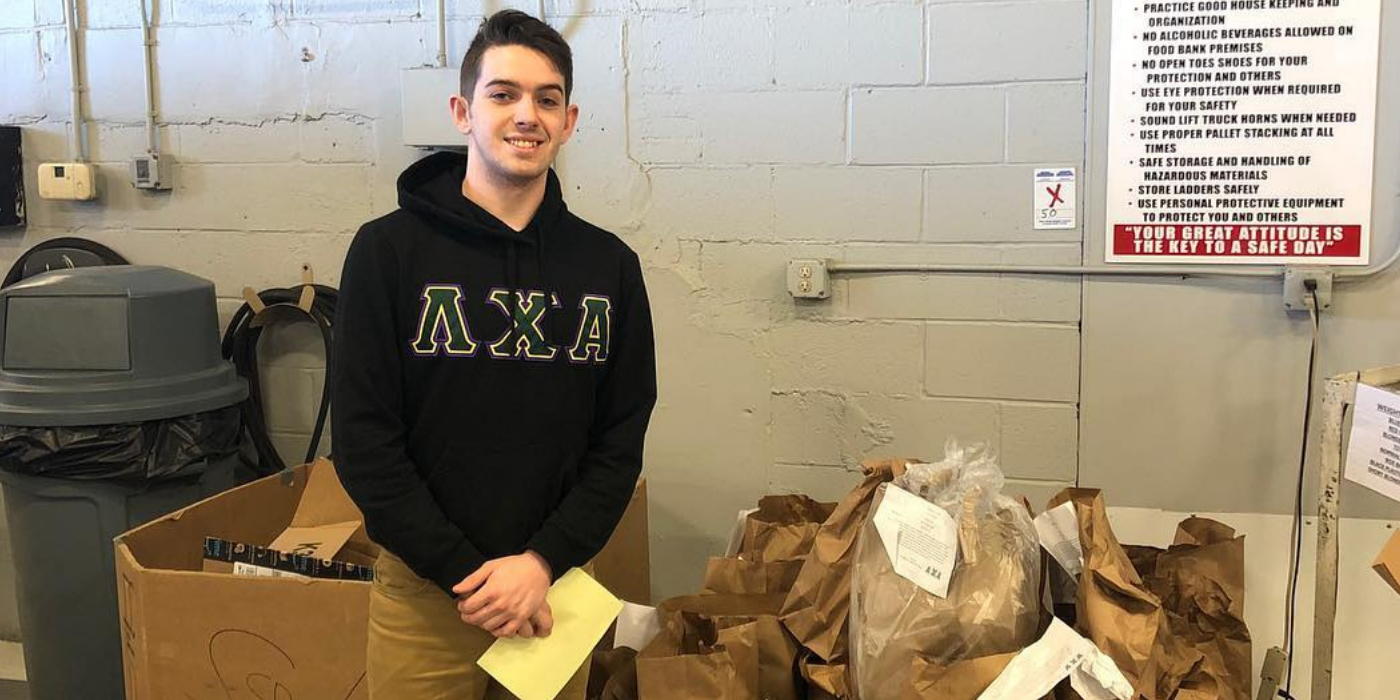The High Theta acts as a bridge to your campus and community through philanthropy, community service, and public relations. But let’s dive deeper into how the High Theta can bolster their community service efforts.
The three main topics of the High Theta officer webinar were to create goals, identify methods to motivate members, and generate ideas for service projects and opportunities.
First, we need to differentiate service and philanthropy. You may have heard of The Three T’s: Time, Talent, and Treasure. Community service focuses on the first two Ts, time and talent. Community service can be defined as the voluntary act of helping or doing work for someone, while philanthropy can be defined as raising funds or physical donations to benefit a person or organization.
When creating community service focused goals for your chapter/colony, you should keep in mind the needs of your community, the vision and reputation you want to create, what campus and community relationships you currently have or want to create, and how to incrementally increase your engagement and impact through community service. Aside from chapter-wide goals, you can also encourage members to create personal goals or have them commit to a specific number of hours they will serve that term. Consider using the Community Service Self-Commitment Form resource at the end of this post for your group. As always, all goals should be SMART (specific, measurable, attainable, relevant, and time-phased).
To assist you in tracking your service hours amongst members, consider using an online form, such as Google Forms, that members will use to notify you of their service. Don’t forget to include the name of the event or organization they served, a description of the service completed, and a contact name and email address for the organization they served with.
Here are some tips to motivate members to serve:
- Incentives
- Create goals that are linked to rewards for the chapter when they reach milestones.
- Consider creating awards or recognition opportunities for individuals.
- Accountability
- Meet one on one with members that are not meeting the expectations or goals that have been set.
- Assign members community service projects that they will create or lead. This gives an opportunity for members to take ownership of community service and create buy in from members that might typically be disengaged.
- Partnerships
- Partner with other service-based organizations in your community such as Kiwanis or DeMolay.
- Reach out to other organizations on your campus that are service-focused. Search for these on your institution’s website or student life database.
- Consider partnering with other fraternities or sororities on campus to serve together.
- Positive Peer Pressure
- Circulate service sign-up sheets during chapter meeting.
- Identify members with high influence within your chapter and get them to buy in so that others will follow suit.
- Set expectations and goals early on and follow through.
Now that we have set goals and know how to motivate our members to serve, let’s chat about how to generate ideas for service projects and organizations in your community.
- Online
- Use a search engine with key words such as “community service” and “near me” to find websites that host service projects and organizations. Check out givepulse.com, a national database for community engagement and volunteerism.
- Utilize your institutions website or community engagement office to find opportunities.
- Brainstorm
- Utilize a committee of members to brainstorm ideas for service projects.
- Take five minutes from a chapter meeting to list any and all ideas for community service members may have.
- Connect
- Connect with other service chairs or organizations to partner with. They may already have events or opportunities created that you can participate in as well.
Resources:


